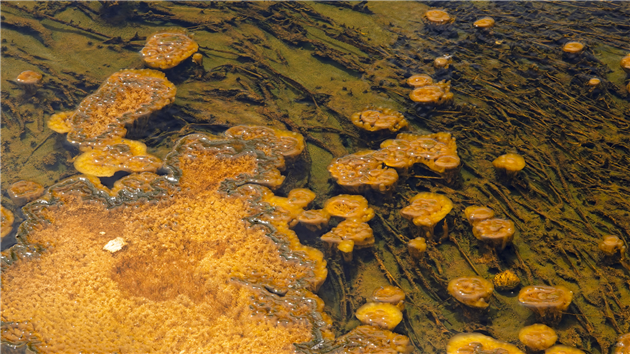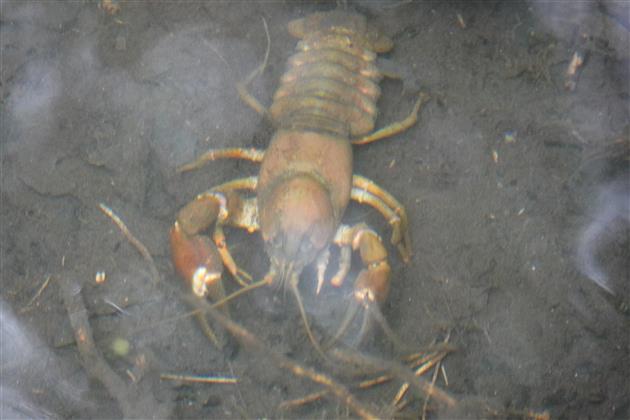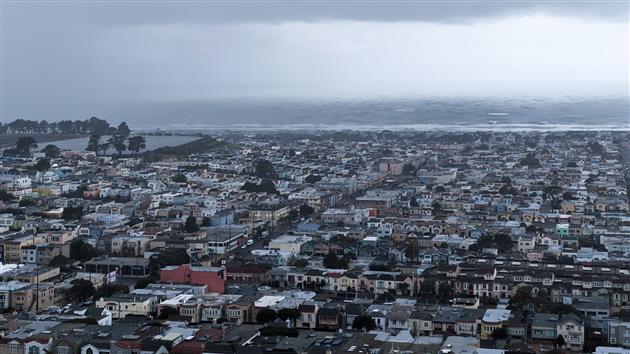
I've just tidied up and released a tool I've used for a while to sort photos and videos. It does a pretty good job figuring out the date each was taken and then moves them to a year + month subfolder. The source code and a binary release are now available on github - see photo-sorter.
This is a command line application with two arguments, a source folder and a destination folder. Use it like this (paths are examples and note that if there are spaces then the entire argument needs to be in quotes):
PhotoSorter.exe "C:\Users\My Name\Google Drive\Google Photos" "C:\Users\My Name\Photos"
This will process all files in the source folder, including subfolders, even if they are not photos or videos. Each file will be moved to a year + month subfolder in the destination (i.e. 2019-08) or to a special subfolder (An Unknown Date) for any files where the date the photo or video was taken cannot be determined.
In addition to moving files the tool also handles de-duplication. If the file already exists in the destination folder it is just deleted from the source and not moved. This is checked by file contents (hash) and not by name. If a different file with the same name already exists in the destination folder then PhotoSorter will move it to a unique, new filename.
I originally wrote this to handle my 'Google Photos' folder - when this feature worked it just dumped everything from Google Photos into one Drive folder with no organization. I used this periodically to tidy everything into my Photos folder also backed up to Google Drive. Now that Google has stopped syncing Drive and Photos this is still useful, especially with my script that copies new photos over to Google Drive.
Updates
Photo Sorter 1.20

Photo Sorter has been updated to handle some duplicates I've been developing in Google Photos. These are pretty specific rules but might be helpful if you are trying to maintain a local archive from Google Photos via Google Takeout. You can get the latest binary and source from github (or fork away if it's not quite what you need).
The first change is that Photo Sorter now checks for duplicates in the source folder as well as the destination. If two source files have the same date taken and the same filename then the larger file is chosen as the winner and the smaller file is deleted. The filename check ignores anything in parentheses, so 123.jpg is considered to be the same filename as 123(1).jpg. This helps alleviate a fun bug where Google Photos will export via the API a different file that was originally uploaded. I've stopped using the Google Photos API for this reason, and because it will under no circumstances allow you to download a video that is the same quality as the original upload. Crazy edge case Google. Happily Google Takeout still works so I'm stuck doing it slowly and wastefully.
The second change is that if a source duplicate is found using the rules above then it will also be deleted from the destination folder (in order to be replaced by the presumed better version of itself).
Photo Sorter copies some folder full of photos and movies to a different folder with a clean structure and some de-duplication. It's been keeping me sane since 2018.
Photo Sorter 1.10

Photo sorter has been updated to skip metadata when comparing JPEG files.
I've been picking up some duplicates when I have both a local copy and a version downloaded from Google Photos. Google Photos knocks out some metadata and so the files look different even though the photo is the same. If you've used Photo Sorter before you'll need to run it over everything again to knock out any copies.
Add your comment...
Related Posts
(All Code Posts)
(Published to the Fediverse as:
Photo Sorter #code #photosorter #jpeg Windows command line tool to de-duplicate and sort photos by year and month, available as source and binary on GitHub.
)


